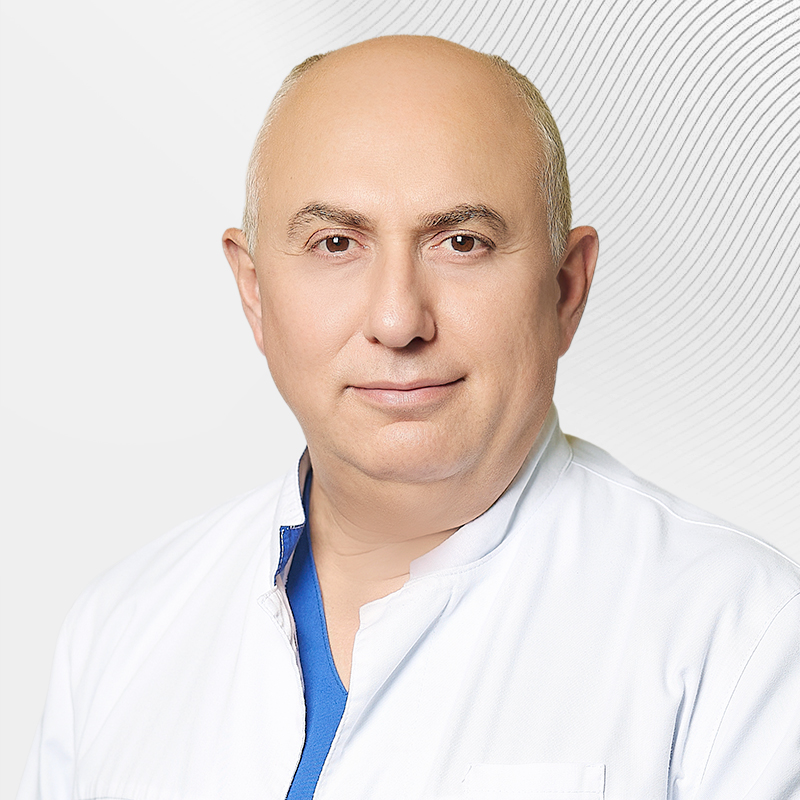Glaucoma Treatment
Decreased visual acuity in elderly patients is a huge problem of modern medicine. As a rule, at an appointment with an ophthalmologist, one in three patients over the age of 65 is diagnosed with visual impairment, one of the causes of which may be glaucoma. The disease potentially leads to blindness. According to the World Health Organization, one adult goes blind from glaucoma every minute in the world, and one child goes blind every 10 minutes.
Signs of glaucoma
The first symptoms of glaucoma:
- deterioration of twilight and night vision;
- rainbow circles around light sources;
- feeling of heaviness, swelling in the eye;
- the feeling of a false tear;
- changing glasses for distance and proximity more often than once every 3 years.
Glaucoma is characterized by a constant or periodic increase in intraocular pressure, followed by the development of typical visual field defects, decreased vision, and optic nerve atrophy.
Types of glaucoma
There are three main types of glaucoma: congenital, primary and secondary.
The first type of glaucoma is caused by congenital defects in the development of the angle of the anterior chamber or drainage system of the eye. If the disease manifests itself immediately or shortly after birth (before the age of 3), it is called infantile glaucoma. However, with mild developmental defects, hypertension of the eye may not develop for a long time. In such cases, the disease manifests itself later, in childhood or adolescence (juvenile glaucoma).
In primary glaucoma, dystrophic processes in some eye tissues cause increased intraocular pressure. Secondary glaucoma is a consequence of other diseases and is also manifested by increased ophthalmotonus.
Primary glaucomas include open-angle and closed-angle glaucomas.
The concept of "primary open-angle glaucoma" unites a large group of diseases characterized by all the above-mentioned signs of glaucoma. During examination, the corner of the anterior chamber of the eye is open.
In primary angle-closure glaucoma, the cause of increased intraocular pressure is an obstacle to the outflow of aqueous humor due to partial or complete blockage of the anterior chamber angle by the root of the iris or as a result of pupillary blockage. The etiology of primary angle-closure glaucoma is associated with a large number of factors:
- individual anatomical features;
- the intensity and nature of age-related changes in various structures of the eye, especially in its drainage system;
- individual peculiarities of metabolic processes; the state of the nervous and endocrine systems of the body.
An acute attack of angle-closure glaucoma is clinically manifested by a sharp appearance of pain in the eye, brow and corresponding half of the head, decreased vision (sometimes significant). Lacrimation, photophobia, and blepharospasm may also occur. An acute attack of angle-closure glaucoma requires immediate conservative, and if necessary, surgical, treatment.
The process of glaucoma development is conventionally divided into 4 stages. In the diagnosis, the stages are indicated by Roman numerals from I – initial to IV – terminal. In this case, the condition of the visual field and the optic disc are taken into account.
Diagnosis of the disease
Early diagnosis is extremely important in the treatment of the disease. The standard examination scheme for a patient with suspected glaucoma includes:
- visual acuity determination (visometry);
- determination of intraocular pressure (tonometry);
- examination of the anterior segment of the eye using a slit lamp (biomicroscopy);
- defining the boundaries of the field of view (perimeter);
- examination of the retina and optic disc (ophthalmoscopy);
- optical coherence tomography;
- retinal angiography,
Ultrasound B-scan can be performed if necessary.
Glaucoma treatment at the EMC Ophthalmology Clinic
The level of intraocular pressure can be reduced by medication, laser and surgery. In the vast majority of cases, treatment of glaucoma patients begins with local hypotensive therapy (drip instillation)
.
Glaucoma treatment goals:
- preservation of vision;
- achieving a therapeutic effect with a minimum number of drugs with a minimum of side effects;
- maintaining a good quality of life for patients.
If the effect of antihypertensive drug therapy is insufficient, laser treatment of glaucoma is performed. The EMC clinic has the most modern NIDEK YAG laser. Features of operations on such equipment:
- low trauma of the procedure;
- absence of serious intra- and postoperative complications;
- the possibility of outpatient treatment.
Surgical treatment of glaucoma is performed in the absence of a hypotensive effect from conservative therapy (achieving the target pressure) or the ineffectiveness of laser treatment. All anti-glaucomatous operations are performed using modern disposable supplies from Alcon (USA). If necessary, an Ahmed drain or an Ex-press is installed. All doctors at the EMC Ophthalmology Clinic receive regular training in working with state-of-the-art equipment.
The most effective surgical intervention for open-angle glaucoma is a non-penetrating deep sclerectomy. Such surgical treatment of glaucoma is performed on an outpatient basis, under local anesthesia, for no more than 10-15 minutes.
In order for the postoperative period to pass without complications and as soon as possible, you should:
- do not rub or press the operated eye;
- after showering, instill disinfection drops during the first 2 weeks;
- do not expose the operated eye to sudden temperature changes: for the first month it is necessary to refrain from visiting the sauna, steam room, steam room;
- refrain from performing physical labor related to lifting weights and prolonged bending of the torso for a month after surgery;
- follow the recommendations of the attending physician.
Glaucoma is a disease that requires a thorough examination and immediate treatment. At EMC, you will be able to consult with an experienced ophthalmologist and undergo the necessary examinations using the most advanced equipment. After all the procedures, the doctor will develop an individual treatment plan for the disease.
Advantages of contacting the EMC
- All conditions have been created in the EMC Ophthalmology Clinic to undergo a rapid comprehensive diagnosis of glaucoma.
- We treat glaucoma with the most effective methods to date, which are safe even for the elderly.
- We perform operations of any complexity, even in the late stages of diseases.
- We provide round-the-clock emergency ophthalmological care for adults and children.
- Our ophthalmologists are professionals with extensive experience in leading clinics around the world.
Get help
Specify your contacts and we will contact you to clarify the details.
Doctors
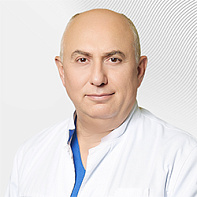
Elias Raid
Head of the EMC Ophthalmology Clinic, Ph.D. of Medical Sciences
-

Dmitriy Arzhukhanov
Ph.D. of Medical Sciences
-
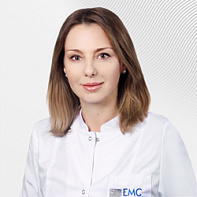
Alfiya Bedredinova
Doctor of the highest category
-
.jpg)
Natalya Shilova
Ph.D. of Medical Sciences
-
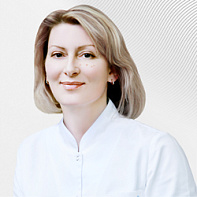
Anna Semitko
-
.jpg)
Sergey Ignatiev
Ph.D. of Medical Sciences
-
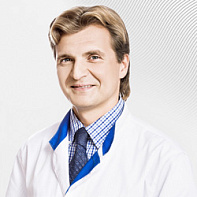
Vitaliy Ivanov
-
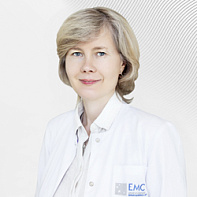
Natalia Boscha
-

Oksana Levkina
Doctor of the highest category, Ph.D. of Medical Sciences
-
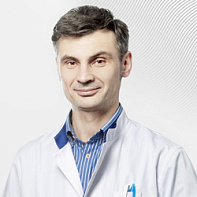
Viktor Makarov
Doctor of the highest category, Ph.D. of Medical Sciences
-

Elmira Sultanova
Doctor of the highest category, Ph.D. of Medical Sciences
-
Elias Raid
Head of the EMC Ophthalmology Clinic, Ph.D. of Medical Sciences
- Performs vision correction surgery
- He graduated from the MNTC "Eye Microsurgery" named after S.N.Fedorov. He has interned in various foreign clinics
- He worked in foreign clinics: Moorfields Eye Hospital,Heidelberg University Hospital,Centre Hospitalier Universitaire de Bordeaux
Total experience
34 years
Experience in EMC
since 1996
